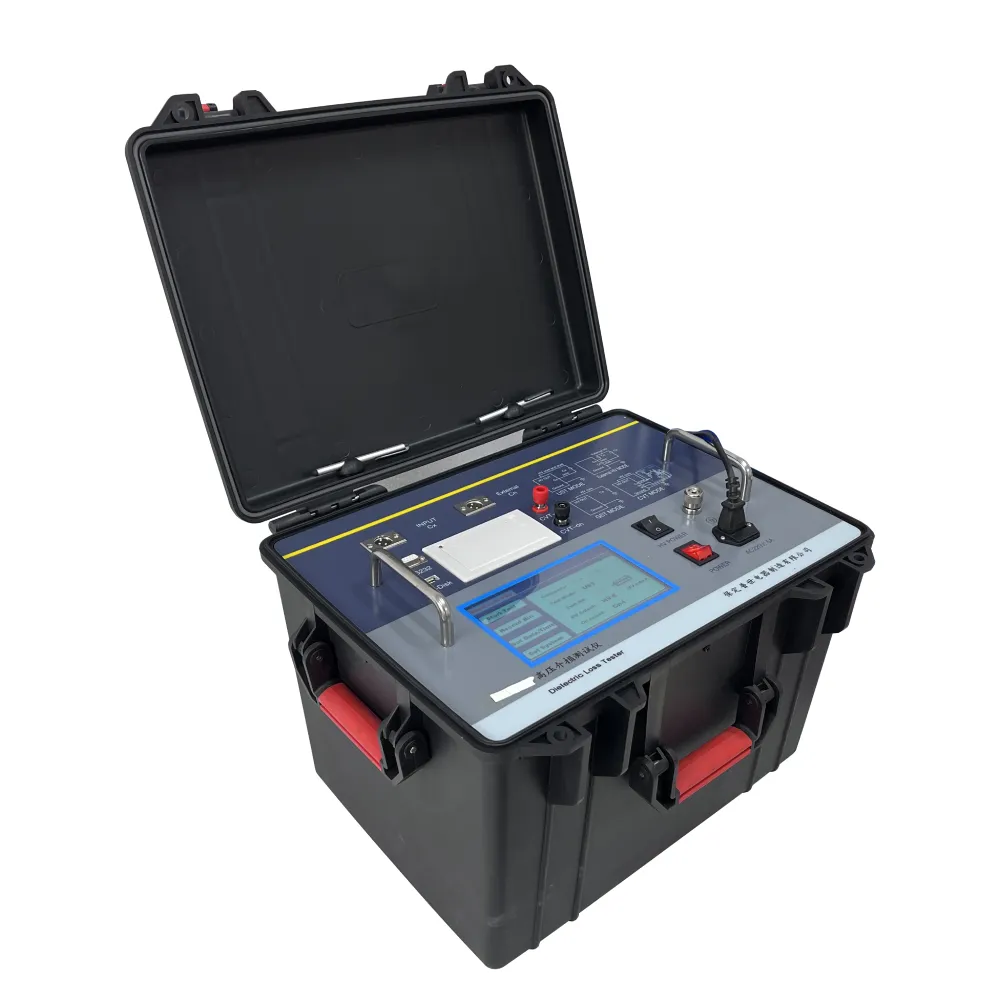 English
English


Comprehensive Guide to Testing DC Winding Resistance for Electrical Equipment Efficiency
Understanding the DC Winding Resistance Tester A Crucial Tool for Electrical Maintenance
In the realm of electrical engineering, the reliability and performance of electric motors, generators, and transformers are pivotal. One of the critical aspects of ensuring their operational efficiency is monitoring the winding resistance. This is where the DC winding resistance tester comes into play, serving as an indispensable tool for both technicians and engineers.
What is a DC Winding Resistance Tester?
A DC winding resistance tester is an instrument designed to measure the resistance of the windings in electrical machines. By applying a direct current (DC) to the windings and measuring the resulting voltage, the device calculates the resistance using Ohm's Law (R = V/I). This measurement is crucial for identifying potential issues such as short circuits, open circuits, or insulations failures within the winding.
Importance of Measuring Winding Resistance
Measuring the winding resistance is essential for several reasons. Firstly, it helps in ensuring the integrity of the windings. Over time, electrical machines experience wear and tear due to thermal cycling, vibration, and environmental factors. These can lead to partial or complete failures in windings, adversely affecting the performance of the machine. Regular resistance testing allows operators to detect these problems early before they escalate into costly repairs or replacements.
Secondly, monitoring winding resistance is crucial for assessing the condition of insulation. Insulation degradation can lead to winding faults, causing short circuits and potentially catastrophic failures. By comparing resistance values over time, technicians can identify trends indicating insulation breakdown, enabling proactive maintenance strategies.
Types of DC Winding Resistance Testers
dc winding resistance tester

DC winding resistance testers vary in sophistication and capability. Basic models provide simple resistance measurements, while advanced units are equipped with features like data logging, multiple test current settings, and automatic test routines. Some testers can perform phase-to-phase and phase-to-ground resistance measurements, greatly enhancing their diagnostic capabilities.
Portable and easy-to-use testers are particularly popular for field work, allowing technicians to perform tests on-site without needing extensive setup. Meanwhile, bench-top models may offer higher precision and additional functionalities, suitable for detailed laboratory analyses.
Using a DC Winding Resistance Tester
Conducting a resistance test is relatively straightforward. The user connects the test leads to the winding terminals, selects the appropriate test current (typically ranging from 10 mA to several amps), and initiates the test. The device then displays the resistance measurement, often along with alerts for readings that are out of specified ranges.
It’s recommended that tests are performed under consistent conditions, including temperature, to ensure accurate comparison of measurements. Moreover, it is essential to follow manufacturer guidelines for specific machines, as different machines may have different acceptable resistance values.
Conclusion
In conclusion, the DC winding resistance tester is a vital instrument for the health and maintenance of electrical machines. By regularly measuring winding resistance, operators can detect potential issues early, monitor insulation health, and ensure the longevity and performance of their equipment. With advancements in technology, modern testers are becoming more sophisticated, offering improved capabilities and ease of use. Ultimately, investing in a reliable DC winding resistance tester is an investment in the operational reliability of critical electrical systems, safeguarding both productivity and safety.
-
Differences between open cup flash point tester and closed cup flash point testerNewsOct.31,2024
-
The Reliable Load Tap ChangerNewsOct.23,2024
-
The Essential Guide to Hipot TestersNewsOct.23,2024
-
The Digital Insulation TesterNewsOct.23,2024
-
The Best Earth Loop Impedance Tester for SaleNewsOct.23,2024
-
Tan Delta Tester--The Essential Tool for Electrical Insulation TestingNewsOct.23,2024





